Family portrait photographer Me Ra Koh didn’t pick up a camera until she was 30 years old. After taking a film photography course to improve her photography of her two year-old daughter, she discovered her passion for the craft and started her own business. Within four years, she was charging $ 15,000 to shoot high end weddings, and eventually, both Disney and Sony began sponsoring her.
Luckily for us, this master storyteller spoke at a B&H photo seminar, where she shared some of her best tips and secrets to success for family portrait photography:
Here are 17 ways to take intimate and memorable family portraits, according to Me Ra Koh:
1. Close gaps between family members.
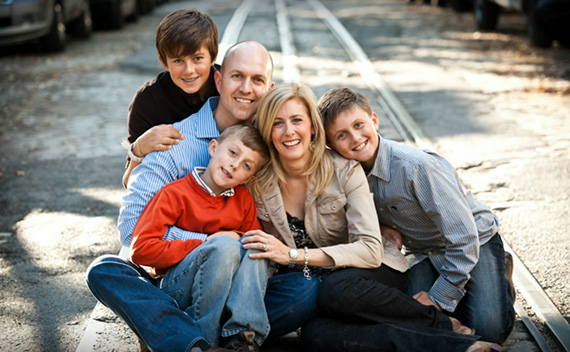
Since clients expect to take traditional group shots during family portrait sessions, Koh knocks these types of photos out right at the start of her photo shoots. However, since traditional family poses look awkward and contrived, Koh proactively makes certain to squeeze family members as closely together as possible. This increases the feeling of closeness in the images.
“When you’re taking a photo of a family, you always want to think about how to bring their bodies physically close together,” said Koh. “If there’s any gaps that we can see through them, then it doesn’t feel as intimate.”
2. Pose families according to their unique dynamics.
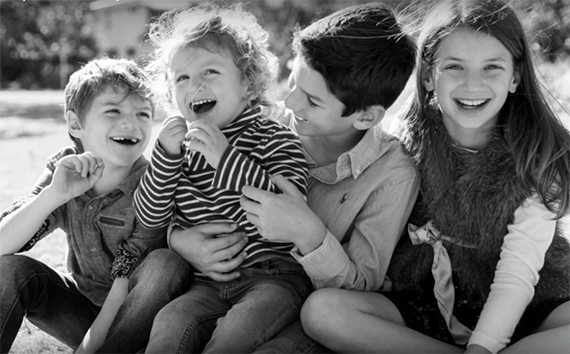
While taking those standard group shots, Koh also pays close attention to family dynamics—especially the relationships between the kids and family members’ differing personalities. With this wisdom, Koh is able to figure out how to strategically pose individuals to evoke photogenic expressions and interactions.
“Try to work with the energy of the kids’ personalities,” she said. “I would never have [an independent kid who doesn’t want to be touched] in the middle with a lot of physical squishiness around him because that would frustrate him.”
3. Be ready to capture candid moments.
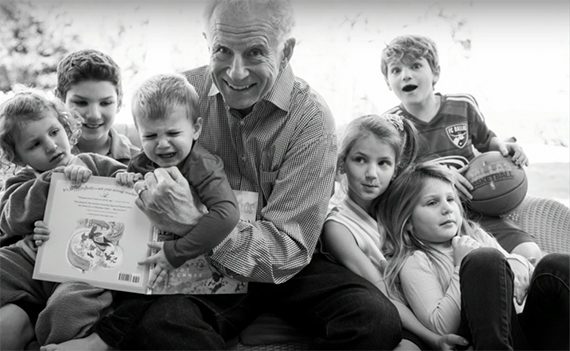
Though it is important to provide clients with a number of “perfect” shots where everyone looks great and nothing feels out of place, one of Koh’s passions is capturing candid moments that reveal personalities and tell each family’s unique story.
“This was awesome because this is I think the reality of how a grandparent can feel,” said Koh, about the image above. “They may not expect me to shoot this, but this is definitely something I love way better than everyone looking great and perfect for the camera.”
4. Put Mom in her favorite outfit.
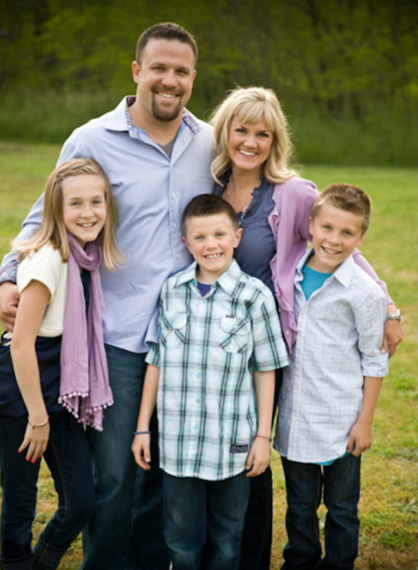
If you’re working as a portrait photographer of any kind, chances are excellent that, before every shoot, you’re going to get the same question: “What do I wear?” In the case of families, Koh always tells mothers to wear their favorite outfits and coordinate—not match—their kids’ and partners’ clothing accordingly.
“I tell the moms, ‘Wear something that you feel absolutely beautiful in,’ because that sets me up for success,” said Koh. “If Mom doesn’t look great in that photo, then that photo will never see the light of day.”
5. Get to know the family before taking any pictures.
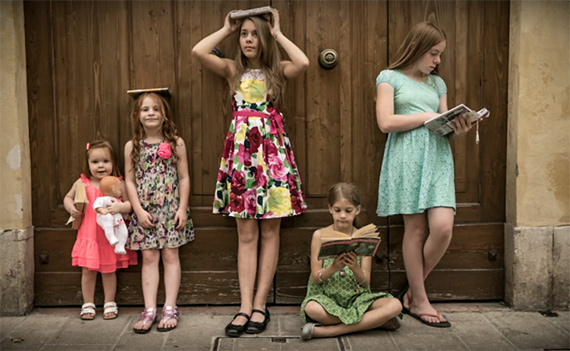
Before you ever pick up your camera, you should know the family well enough to have at least some small understanding of their story and their current season in life. You should know what certain family members like and don’t like and how the family likes to have fun together. This will vastly improve the intimacy and creativity of your work.
“Family portraits to me are really about telling the story of the season of life that [clients are] as a family,” said Koh. “Once you start to free yourself up to look for stories, then you start to set yourself up for success.”
6. Find the best light.
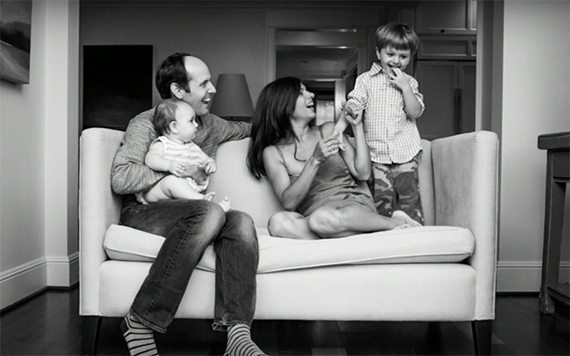
While you may usually meet families for photos in the park, chances are good that you’ll eventually end up with clients who want photos in their home. In such an instance, Koh would encourage you to meet the challenge head on—but only if you’re willing to ask for a home tour to find the right light and ask to move furniture and decorations to arrange your compositions artfully.
“Wherever the best light is is where I’m going to do most of the shoot,” said Koh. “I don’t use flash, I don’t set up lights, I never bring a background… I always am working with window light.
7. Use kids’ boredom to your advantage.
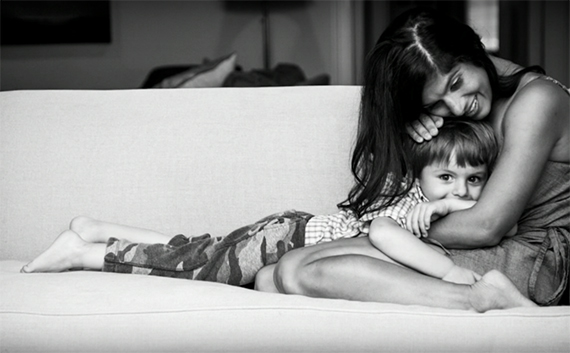
During longer shoots, the kids are going to get bored—it’s inevitable! So why not embrace that fact and pay attention to how each kid’s demeanor changes as boredom sets in? Some kids will stare down the camera, while others will become more cuddly, playful, or snarky. Find ways to incorporate these behaviors into your work!
“I love it when the kids get bored because all of a sudden they drop down into this quieter energy,” said Koh. “They start forgetting about me and they start wanting to gravitate toward Mom often and snuggle with Mom.”
8. Shoot in Live View to keep eye contact with kids.
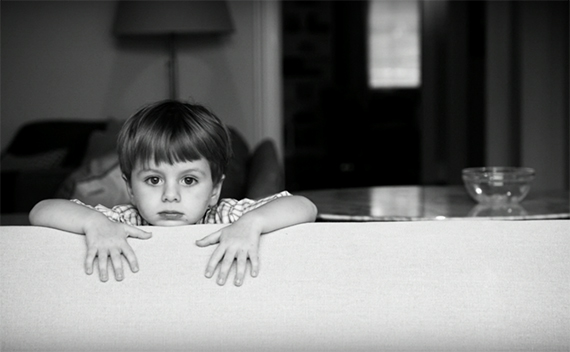
Maintaining eye contact is incredibly important when working with children—especially those with autism. For this reason, Koh proudly shoots in Live View mode during the majority of her photo shoots.
“If they lose eye contact with me, it’s just over,” she said.
9. Shoot wide open.
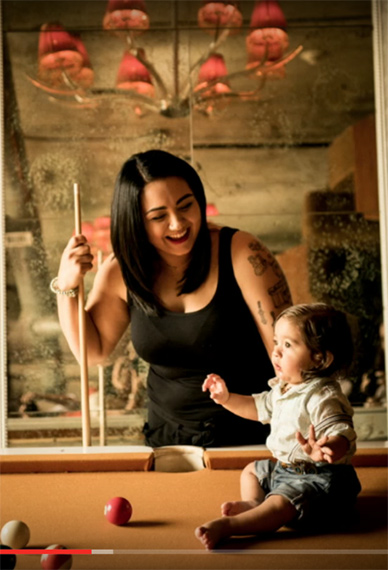
Depth of field is one of your most important storytelling tools as a portrait photographer. For example: try positioning a child in front of his or her parents and then shooting wide open so that parents’ faces become blurry as they smile at their little one. This will communicate the pride and joy that the parents take in their kid, as well as the child’s growing independence!
“I’m often shooting wide open, at f/2.8 or lower,” said Koh. “I just love for everything to be buttery and blurry except for who the story is about.”
10. Scout for textured backgrounds.
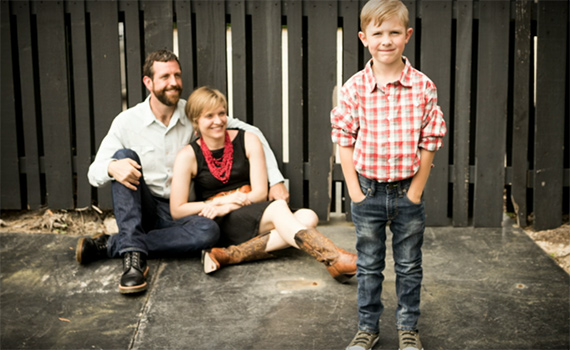
If you’re going to call yourself a professional photographer, you must be willing to put in some legwork to ensure that your photo shoots are successful. Sometimes, this will entail scouting locations out thoroughly before sessions and taking the time to predetermine interesting textured backdrops that you might use, such as brick, aluminum, fences, stucco, and colorful walls.
“When you’re shooting wide open, you can shoot just about anywhere,” said Koh, “But whenever I have a chance to work with backgrounds that have textures, I feel like that adds a different energy to the photos.”
11. Ask kids where they want to be in photos.
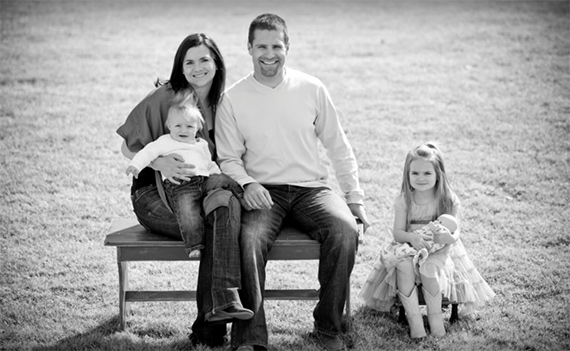
When Koh photographs families with two or more young children—especially a toddler and a baby—one of her favorite storytelling techniques is to ask kids how they want to be included in the photograph. This will speak volumes as to what stage that specific kid is in life and reveal the family’s overall dynamics.
“Give yourself the freedom to ask kids what they think,” said Koh. “That’s your holiday card… that is the season of this family and that is the magic of where they’re at right now in life.”
12. Shoot in continuous shooting or “burst” mode.
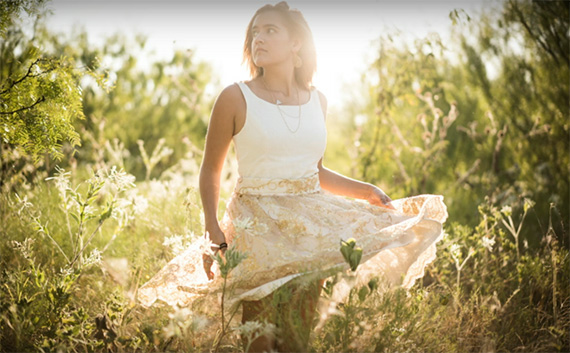
If you’re incorporating any action into the scene, or if kids or animals are especially wiggly, Koh recommends that you switch your camera into Continuous frame, or “burst,” shooting mode. By capturing three or four versions of every action-packed moment, you’re bound to get at least one shot where everything looks just right.
13. Fill your portfolio with the type of photos you want to be shooting.
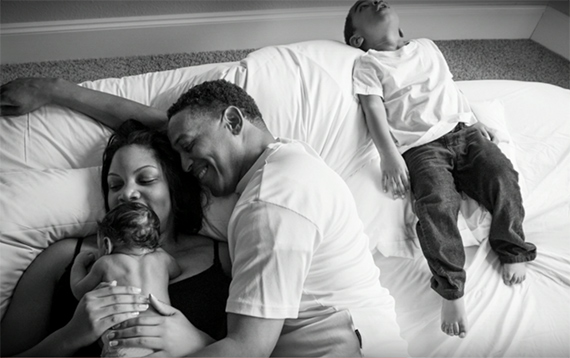
Filling your website and online portfolio with accurate examples of your work will not only give your clients the right impression of your style, but it will help you to attract the right type of clients — ones whose values resonate with your own.
14. Allow clients to contribute ideas.
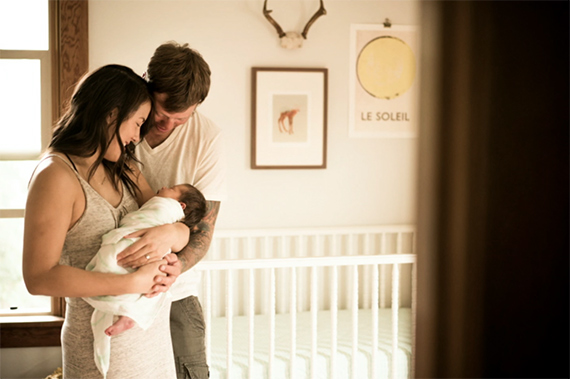
Koh explains that, as she works with clients, she always makes sure to encourage them to participate in the creation process. Ask them if have any ideas or if they have seen any images on Pinterest that they would like to imitate. This not only builds trust with your client, but it also sets you up for success because they’ll likely buy prints of these shots.
“Whenever a client has an idea of what they want taken, I always love to do that for them,” said Koh. “I never want to say, ‘Oh, but that’s actually a really bad idea,’ because I don’t want them to think that their contribution is not valid.”
15. Add shadows by moving clients away from windows.
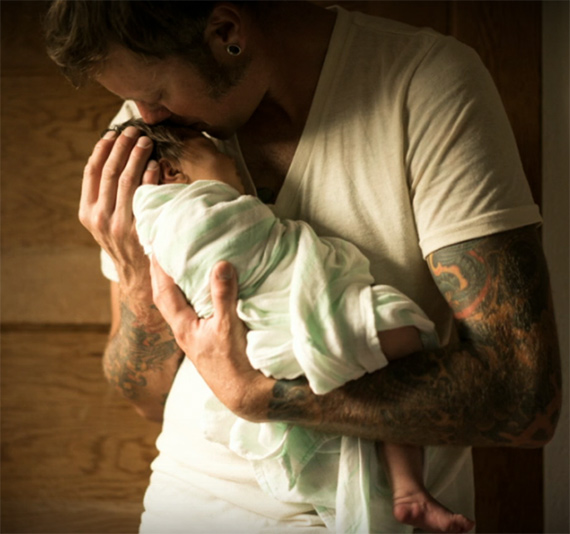
After shooting with bright light for many years, Koh now prefers to utilize shadows to infuse her photos with greater levels of emotion. The easiest way to find workable shadows is to find a good window, observe how far the light stretches onto the floor, and position a client just past the point where the light stops pooling.
“Shadows really define where the light is and illuminate the emotion in the moment,” said Koh. “If I have them turn to the side and get farther back where that light almost ends, now I’m going to have shadows and depth and that emotion is going to come out that much more.”
16. Incorporate backlight into your compositions.
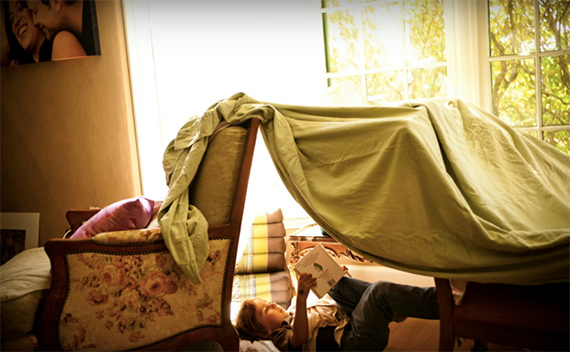
Koh works backlight into her compositions whenever she can, especially if she’s working with clients who don’t naturally ooze emotion.
“If I have a family that doesn’t have a lot of emotion… [or] they’re not as outwardly affectionate with each other, backlight will make them seem like the most emotional, intimate family you’ve ever met.”
17. Stay personally inspired.

Finally, Koh reminds us of the importance of staying inspired in both professional and personal photography pursuits. Burnout is tough and working under that burden will most definitely affect the quality of your work. Find ways to keep yourself fresh and in love with your job.
“Any time you feel like you’re starting to get into a rut, it means that your creative spirit is wanting you to risk something or is wanting you to branch out in some new way,” said Koh. “[It’s] asking you for another challenge!”
For further training: Secrets of Successful Event Photography
Go to full article: Family Portrait Photography Tips & Tricks
What are your thoughts on this article? Join the discussion on Facebook
Article from: PictureCorrect